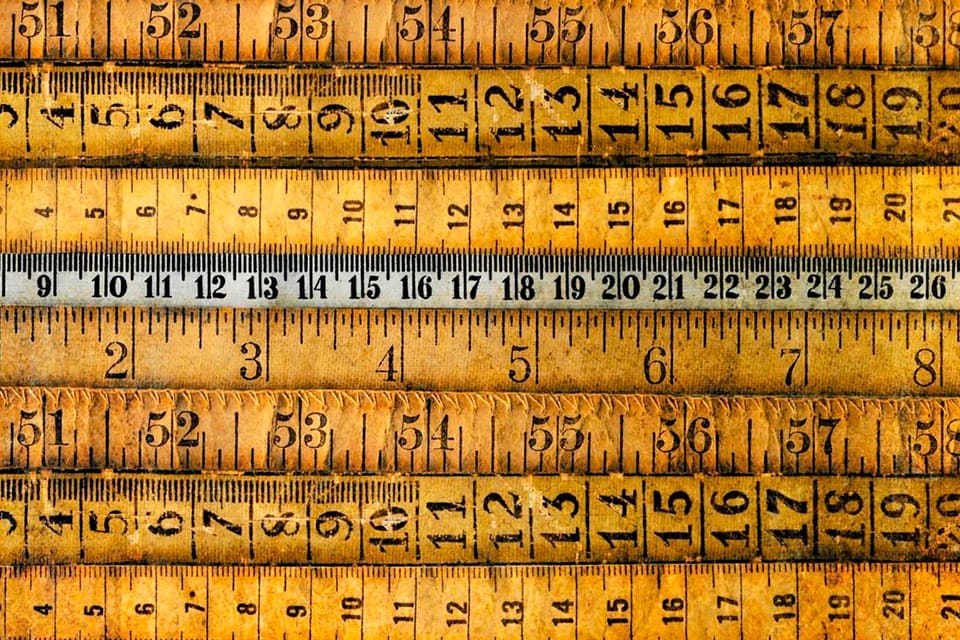
22 Oct Are you improving your process? Initiation to OEE
Are you improving your process? Would you like to? And if you are, are you achieving what you want? How do you know? It is obvious that all of us, to some degree, want to improve, and therefore we implement actions to achieve this. But how do we know if we are really improving?
Depending on the process which we wish to improve we can use different indicators, but today we want to tell you about how to measure improvement in a production process, wherefore we will present OEE, which is the measurement we use at Rieusset.
But before we look at what OEE is, let’s talk about where it comes from.
Continuous improvement, from the Japanese term “kaizen” (kai=change; zen=good or for the better), is a technique that was developed in the past century aimed at improving processes, whose central theme is the PDCA cycle (Plan, Do, Check, Act). This technique proposes revising processes continually with the goal of improving their result. And if we take a good look we can see that there is one task, checking, which if we were to delve deeper into its development, deals precisely with measuring the obtained results.
Can we then assume that OEE has existed since the day continuous improvement was first created? No, but almost. OEE was used for the first time by Seiichi Nakajima, the founder of TPM (Total Productive Maintenance) –who we will talk about in another post– as an indicator for measuring the productive performance of machines.
So now, what is OEE?
OEE stands for OVERALL EQUIPMENT EFFECTIVENESS and it is obtained by calculating the product of three ratios, which are Availability, Performance and Quality.
OEE = AVAILABILITY x PERFORMANCE X QUALITY
- The ratio of Availability assesses the time the machine is available for production
- The ratio of Performance assesses the speed at which production actually occurs with regard to that at which production should be occurring
- The ratio of Quality assesses the amount of scrap that is generated in the production process
How we calculate it at Rieusset
Availability assesses for how long we are producing with regard to the time the machine is available. This means that, over the time that the machine can be run by an operator, it assesses the time during which the machine is stopped for preparing an order and the reasons for any stops that occur during production, such as breakdowns, blade changes, etc.
So should all stops that occur be taken into account for reducing availability? Well, this question should be answered by each one of you. In our case, no. We consider that some stops form part of the process and are necessary, wherefore although we could try to reduce these just like the rest of the stops, we consider that these should not penalize the availability ratio. This is the case of the the stops we make in order to carry out preventive maintenance.
On the other hand, Performance assesses the speed at which we are producing with regard to the speed at which it was planned to produce. This ratio is calculated based on the standards that establish the speed for each one of the products you are making. Be careful that if you don’t have this data per product and you are working with average values –which is also possible–, the results that you could get may vary a lot depending on the product mix you are making in each period. Therefore, before starting to calculate OEE, try to have speed standards per product.
Finally, at Rieusset we measure Quality based on the waste we generate in the production process. The main difficulty of this ratio is the unit in which you wish to make the calculation. In our case, we do it in the process unit since this is how we measure the performance of the machines. If you don’t have the same unit in all processes, don’t worry. We can transform them into a common unit, although you must be careful with the conversion factors.
Is OEE limited to one machine?
No. We can calculate the OEE of one machine but we can also calculate it pooled for the machines in one section and even for all the machines in the factory. In this way we can obtain a machine OEE, a section OEE and even a factory OEE.
The only thing you need to be careful with is how to do the calculation when you have different processes.
In our case, so as to avoid this diversity, we work with units that are common to all processes or which we convert, by means of conversion factors, to cumulative. Thus,
- we consider availability in hours in all processes,
- we also consider performance in hours (speed is nothing more than the ratio between unit and time), and
- we consider quality in kilos (we convert all process units into kilos).
Finally, how should we interpret OEE?
Although the Kaizen Institute establishes that excellent companies have to work with an OEE of 95% or more, here at Rieusset we prefer to use OEE as what it is, an indicator that tells us if we are improving. In other words, we are using OEE as a value that shows us the results of the improvements we implement. If we do things right, it increases. If we don’t, we will see that it stays the same or goes down. And we compare it over time.
We do want to point out that OEE should always be calculated in the same way in order to have a comparable value. If we modify the way we calculate it or the standards, we will get variations in the result of the OEE which will not allow two periods to be comparable.
Do you see the importance of calculating OEE? We hope we have been able to show it to you with this post, and if you still don’t calculate it and you want to do so, don’t hesitate to contact us if you need help. And if you are already doing it and you want to share your experience, we will be happy to read your comments.
| We Manufacture: | Meet Rieusset: |




